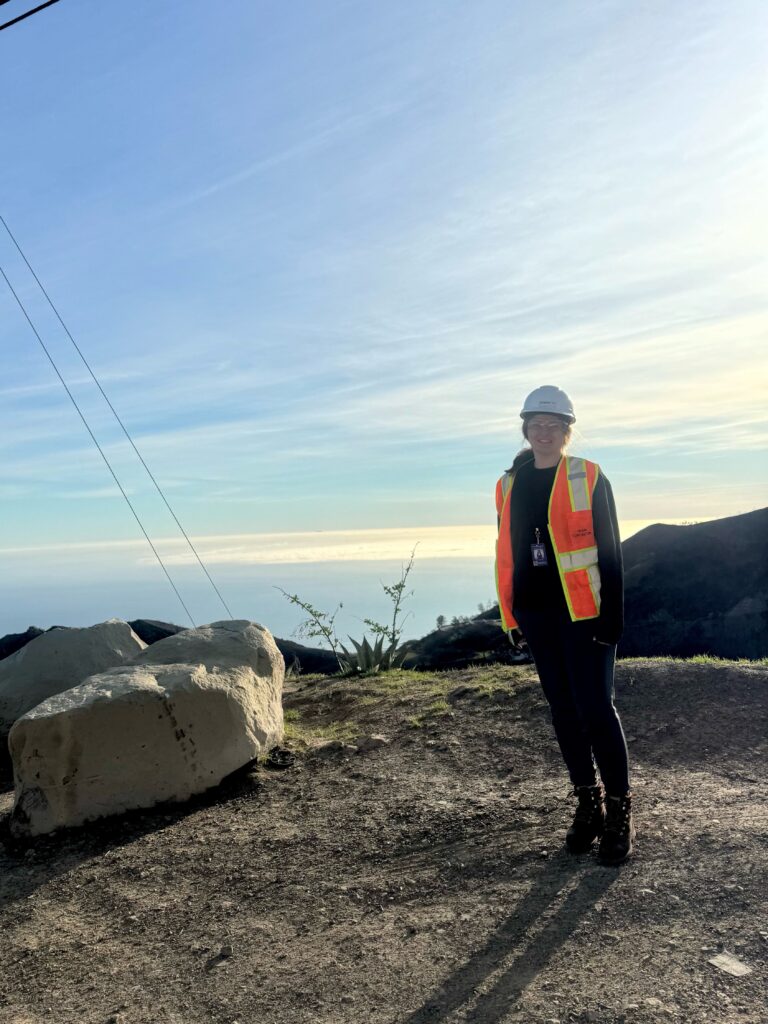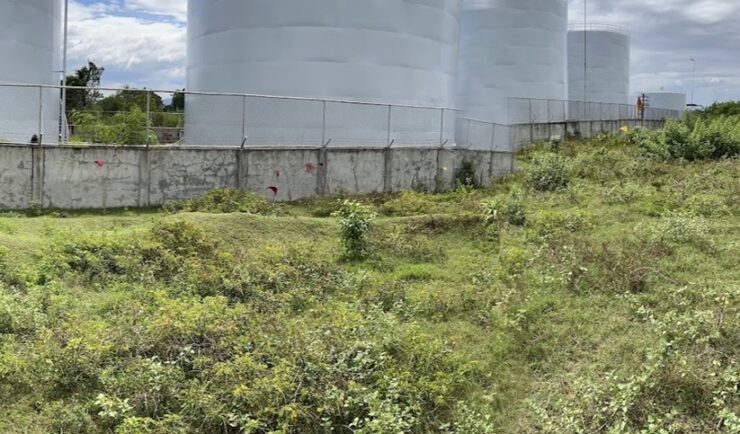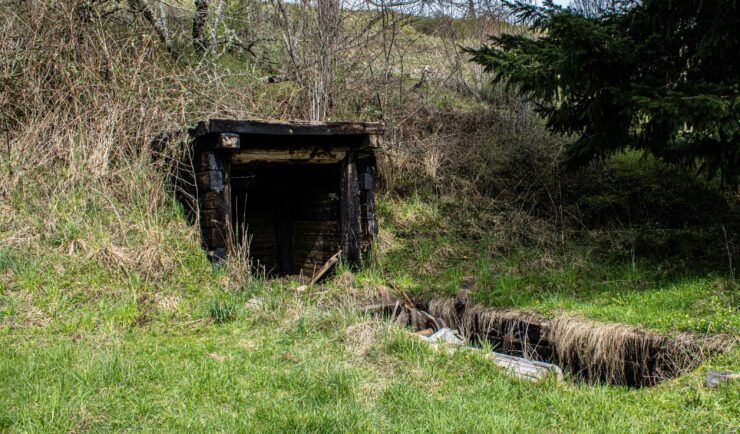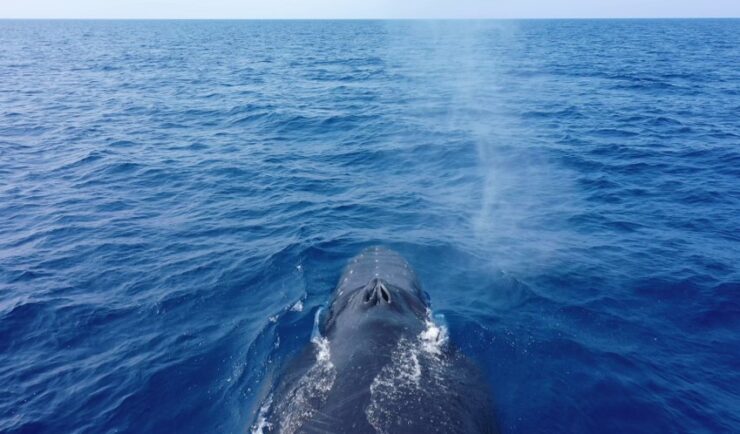- Community Spotlight, Success Stories, Uncategorized
- Emergency Preparedness & Response
Supporting Response Efforts Following California Fires

Following the fires that devastated Los Angeles, California and surrounding areas in January 2025, CSS employee owners were deployed to the area as a subcontractor to Weston Solutions, Inc. to assist with the response. This effort supports U.S. Environmental Protection Agency (EPA) Region 9 Superfund Technical Assessment & Response Team (START) program.
Initially, a CSS employee owner and a team that consisted of arborists, engineers, and electricians provided a safety recon for properties/parcels to identify immediate hazards—such as power lines, unstable buildings, and unsecure trees or limbs—to help ensure parcels were safe for entry. When necessary, the employee owner and team addressed the immediate hazard or flagged the property to address the hazards at a later date.
While on site, CSS employee owners managed various household hazardous materials (HHM) teams, documented removal, ensured safe handling and disposal of HHM, and managed equipment and supplies for responders.
Additional CSS staff have been supporting this effort remotely by procuring laboratories, validating data, preparing site quality assurance project plans, and supporting administrative duties.
While this team is highly experienced in fire response, due to the compressed timeline and number of structures involved, this task proved to be the most challenging. The unexpected challenge of mudslides inundating the areas only added to the complexity and delayed the response work.
Since the deployment, CSS has had five staff on site with two supporting from a remote location. CSS staff have been supporting this massive effort of over 300 STARTs on site and 40 working remotely, to over 9,120 Phase I clean-ups of household hazardous materials to fire impacted properties.
Visit EPA’s story board to view the full effort to date.

See More CSS Insights

Diesel Leak Remediation
Our employee owners have been supporting a remediation project in the Philippines. Diesel fuel leaked from a storage tank and seeped into the groundwater and soil. Emergency measures were taken but clean-up was delayed due to COVID restrictions. After some of the more strict COVID restrictions were lifted, CSS scientists joined the environmental due diligence…

Assessing Contamination in Abandoned Mines
CSS supports the Environmental Protection Agency with assessing contamination within abandoned mines. There are thousands of abandoned mines throughout the western United States. Many of these mines are leaching heavy metals into nearby streams or have contaminated soils causing vegetation die off. CSS employee owners conduct field work to assess the extent of this contamination.…

Training Marine Mammal Programs to Use Drones to Collect Dolphin and Whale Respiratory Health Data
CSS employee owner and Marine Mammal Drone Specialist supports NOAA’s National Centers for Coastal Ocean Science (NCCOS) Marine Mammal Health Assessment team with collecting respiratory health data from marine mammals in local waterways. Using specialized drones equipped with petri dishes provides a non-invasive method to collect exhaled breath (i.e. blow) samples from dolphins and whales.…
